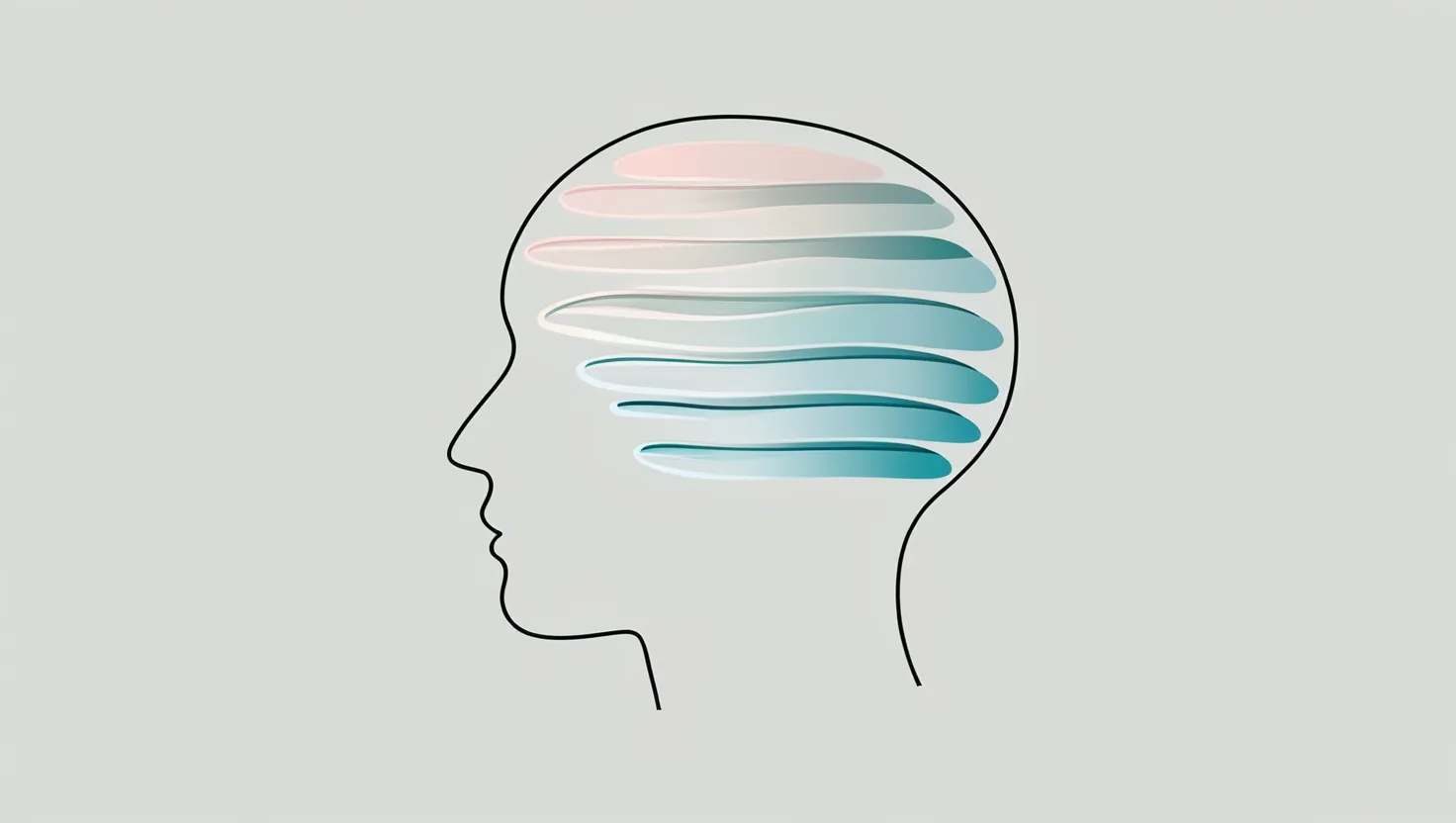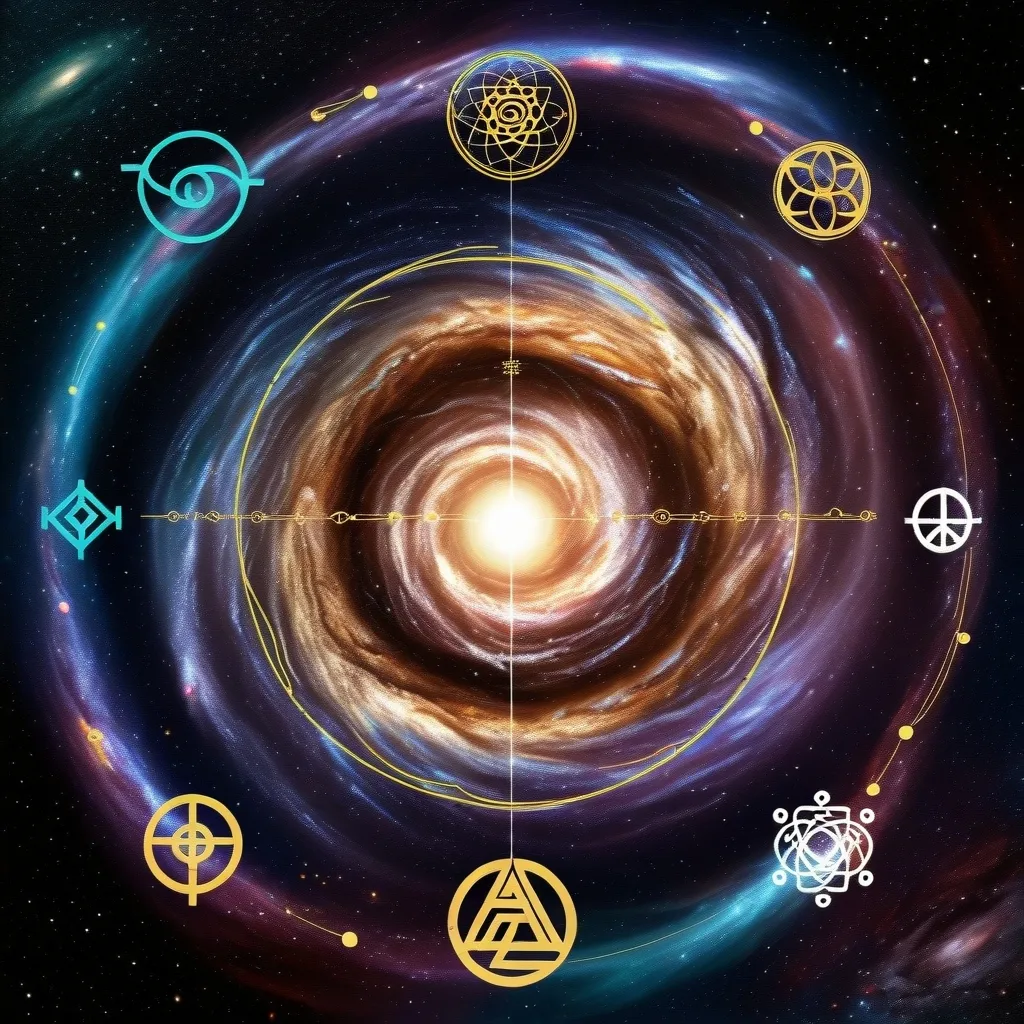If you’ve ever wondered why you react a certain way to an innocuous comment or why you automatically reach for a snack when you’re nervous—without any conscious intention—it might surprise you to learn that Hindu psychology offers a straightforward, almost startlingly modern explanation: vāsanās. This term might sound exotic, but in the day-to-day drama of human life, it’s integral, shaping how each of us thinks, feels, and even aspires.
Let’s think of vāsanās as invisible imprints. Imagine every experience you’ve had—triumphs and heartbreaks, lectures from teachers, a secret joy in a childhood game—leaves a faint scent on your psyche. Not strong enough to notice at first, but over time, layer upon layer, these impressions build up to subtly influence our moment-to-moment choices. Here’s where the Sanskrit root becomes poetic: “to perfume.” Just like you catch a whiff of a familiar scent and are instantly transported to another time, old vāsanās silently color your reactions and perceptions.
But what are these impressions exactly? Hindu philosophers, from ancient rishis to modern commentators, describe vāsanās as subtle habit patterns—deep-seated inclinations that survive from past actions, not just from this life but, for those who accept reincarnation, even previous ones. Wherever you stand on that, the psychological impact remains profound. Vāsanās mold our likes and dislikes, prejudices and urges. In essence, they’re the architecture behind our personality traits.
As the Yoga Vasistha puts it, “The mind is nothing but a bundle of habits, and habits are nothing but memory. Give up memory, and the mind comes to a halt.” What does that really mean? Imagine your mind isn’t a blank slate each morning; it wakes up already full of old grooves, ready to replay familiar stories and scripts.
You might wonder: If our subconscious is filled with these old impressions, is free will just an illusion? It’s a fair question—and one that’s prompted more philosophical debate than you might expect. However, the vāsanā model in Hindu psychology doesn’t see us as marionettes powerless against our programming. Instead, it frames life as a dance between freedom and conditioning. The more aware you are, the more you start to notice when an old pattern is about to run the show.
Many of the world’s great teachers hinted at this. As Carl Jung once mused, “Until you make the unconscious conscious, it will direct your life and you will call it fate.” Hindu texts said something similar centuries before: the notion isn’t fatalism, but awareness leading to transformation.
Here’s an unconventional point you might not read elsewhere: not all vāsanās are problems to be purged. Some are neutral, even beneficial. The ability to ride a bicycle, enjoy music, or feel compassion—they all spring from positive impressions that have been slowly etched into the substratum of our minds. So, the very thing that can keep us stuck can also help us grow.
Think about your everyday life. Why do some people leap from one toxic relationship to another, while others seem to learn and break through? Vāsanās offer an explanation. Past emotional patterns become templates for future action. The persistence of addiction or the inability to let go of certain fears—these are just recurring stories in the tapestry of impression and reaction.
But is there a way out? That’s where Hindu psychology becomes prescriptive. Practices such as meditation, self-inquiry, and acts of mindfulness are seen as tools to slowly alter these underlying impressions. It’s not about suppressing the mind, but about witnessing its patterns without immediately acting on every impulse.
There’s a beautiful block quote from Swami Vivekananda that captures this beautifully:
“We are what our thoughts have made us; so take care about what you think. Words are secondary. Thoughts live; they travel far.”
When I work with my own thoughts, or coach others, I keep coming back to this: the real work happens beneath the surface. It’s not enough to decide you’ll stop worrying, or to vow that you’ll be less reactive; you need to repeatedly practice new ways of thinking so that these forms, these fresh vāsanās, start to outweigh the old. It’s a slow but sure process.
It’s also deeply relevant in modern therapy and neuroscience. Modern science talks about “neural pathways” and “cognitive schemas,” pointing out that repeated mental activity physically shapes the brain. Hindu thought, thousands of years ago, described the same thing in slightly different language—a convergence that’s more than coincidence.
But what about the philosophical dimension? Hindu texts famously debate the idea of causality and freedom. If vāsanās bind us to repetitive cycles, can we ever be truly free? Yoga Vasistha offers a startlingly direct affirmation: yes, but only through knowledge and discrimination. When you become aware of your inner patterns, you begin to loosen their grip. The transformation isn’t instant. It’s a spiral, not a straight line.
Here’s something less discussed: vāsanās are also collective. Group consciousness develops its own tendencies, handed down through culture, family, even national identity. So, some of the triggers and patterns you think of as “mine” are actually borrowed from those around you. This means that personal change can ripple outward, shifting not just the individual psyche but the emotional climate of entire communities.
Let’s pause and ask yourself: Is there a persistent mood or tendency you see running through your family or workplace? That’s not just chance. The subtle transmission of vāsanās may be at work.
The practical implication? When you sit in meditation or quietly observe your own behavior, you’re not just working for yourself. You’re potentially changing a pattern bigger than any one person. That might sound grand, but consider how one habit—say, pausing before reacting in anger—could, over time, rewrite the emotional script for a whole group.
Of course, this isn’t always a neat or linear process. One of the most humbling truths I’ve learned is that growth often feels circular. The same issue shows up again and again, wearing a slightly new disguise. Old tendencies won’t simply vanish because we will them away. In the words of the Bhagavad Gita,
“A man who is not disturbed by happiness and distress and is steady in both is certainly eligible for liberation.”
The emphasis is on steadiness. Each time we see a pattern, pause, and choose differently, we’re reinforcing a new groove—laying down a new vāsanā.
There’s something hopeful about this view. No one is condemned to repeat the same mistakes forever. With awareness, patience, and gentle effort, the deepest patterns can be softened, refined, and even transcended.
Let’s bring this home to mental health and everyday challenges. Modern approaches stress mindfulness, delayed gratification, and compassion for automatic responses. The concept of vāsanās provides a rationale for why change is so challenging—and why persistence pays off. Lasting transformation isn’t just about fighting surface-level habits, but patiently working with the mind’s deep tendencies. That’s why progress might feel slow, but the results run deep.
Sometimes, insight into a negative pattern is already a small revolution. Next time you notice an old reaction bubbling up—maybe annoyance, self-doubt, or avoidance—pause and ask, “What vāsanā could be driving this? What new impression could I plant instead?” Even a small experiment can make a difference.
As the old Hindu adage runs, “If you want to know your past, look at your present. If you want to know your future, look at your present actions.” There’s both a humility and a thrilling sense of possibility in this. The things we do, feel, and think today are quietly shaping who we’ll be tomorrow.
That’s the enduring lesson of vāsanās—not a call to wage war on the mind, but an invitation to patiently observe, gently intervene, and remember that every action leaves a mark. Just as subtle as a lingering scent—imperceptible at first, but over time capable of changing the very atmosphere of our lives.
If you’ve ever changed an old habit, even in a small way, you’ve already begun this ancient work. What pattern will you observe next? And what impression will you choose to leave behind?






